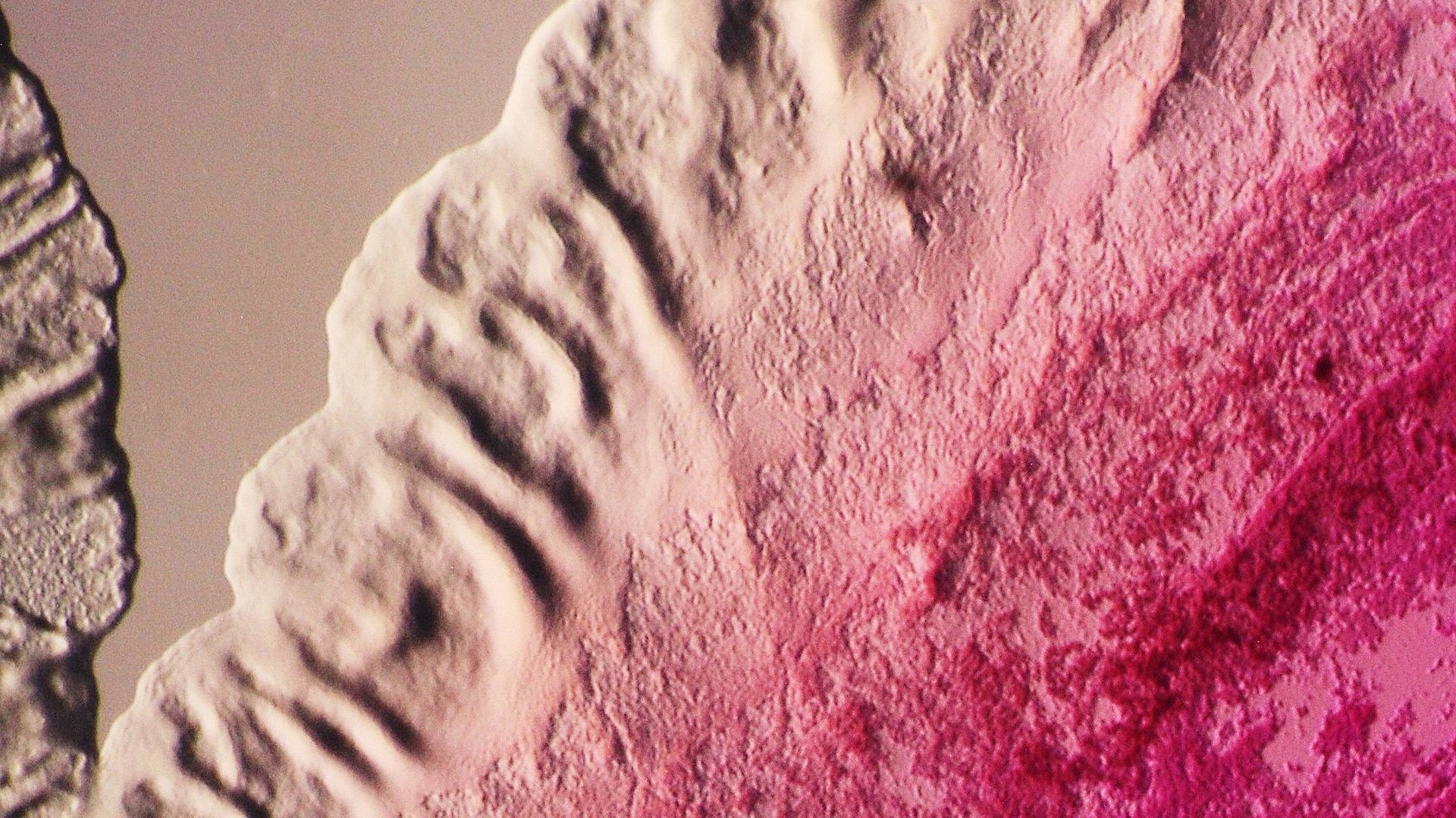Messages at lightning speed
The nervous system of humans and animals is controlled by special cells called neurons. These neurons are able to send information through our body in the form of electric signals. This is how the many stimuli our bodies perceive (like touch, smell, sight, sound) are sent to our brains to be processed there. For example, when we step on a sharp stone, neurons send a signal to the brain which processes this as a painful, unpleasant experience. Subsequently, signals are sent from the brain to the muscles, resulting in motion. In the example above, the message sent from the brain to the muscles is: lift the foot up quickly! The basis of these electric signals is a difference in ionic concentration between the inside and outside of neurons. Ions are electrically charged particles. Ion concentration differences can change quickly depending on the opening or closing of special ion channels in the cell membrane of neurons. It is these sudden changes which create an electric signal. These ion channels therefore determine the passage of signals through our body.
Internal memory
It has long been known that neurons possess a sort of memory. When they frequently send a particular signal this leads to a lasting change in the number and state (open/closed) of the ion channels in their cell membrane. In this way they become more efficient in their capacity to send a signal. Imagine a weight lifter who regularly and repeatedly exerts the same muscle groups. A recent study has now identified a similar phenomenon in bacteria for the first time. This discovery has fundamental implications for the origin of neuronal memory in animals.
Wiring in a biofilm
Bacteria are single-celled organisms. The whole organism is one cell which contains no other specialized cell types like neurons. However, just like neurons, bacteria also have ion channels in their cell membrane. It seems that in a collection of bacteria, called a biofilm, the state of the ion channels of individual bacteria can undergo a lasting change. As a result these individuals will have an altered capacity to conduct a signal with respect to the surrounding bacteria. If the right combination of bacteria undergoes these changes, an altered signaling pathway can be realized within the biofilm. This would effectively represent a type of primitive neuronal network with ‘memory.’ In the current study, researchers showed that localized exposure of a Baccilus subtilis biofilm to light results in long-term opening of the potassium ion channels in the exposed bacteria.
Novel networks
This type of biofilm ‘memory’ undoubtedly offers bacteria an evolutionary advantage, but the current study specifically highlights the interesting biotechnological applications of this phenomenon. By culturing biofilms where certain signaling routes are ‘on’ or ‘off’, we could effectively create a biological version of a circuit board, capable of processing information. This would work in much the same way as a traditional binary circuit where information is processed in terms of on/off (‘1’ or ‘0’). Who knows, in the future we might be watching bio-films on a television made with biofilms.

